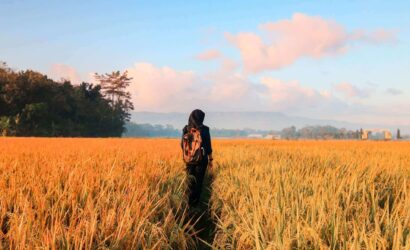Jungle Safari
A safari is an overland journey, usually a trip by tourists in Africa. In the past, the trip was often a big-game hunt, but today, safaris are often to observe and photograph wildlife—or hiking and sightseeing, as well.
In 1836 William Cornwallis Harris led an expedition purely to observe and record wildlife and landscapes by the expedition’s members. Harris established the safari style of journey, starting with a not too strenuous rising at first light, an energetic day walking, an afternoon rest then concluding with a formal dinner and telling stories in the evening over drinks and tobacco. The hunting aspect traditionally associated with the safari is said to have its origins in the early 1800s in the region of Évora, Alentejo, where villagers got together to hunt wild boar and reclaim land for farming.









